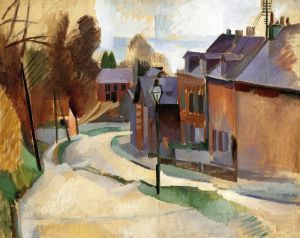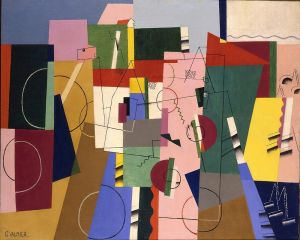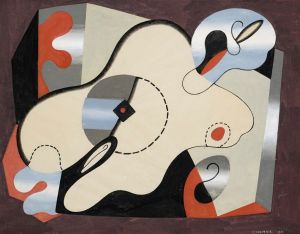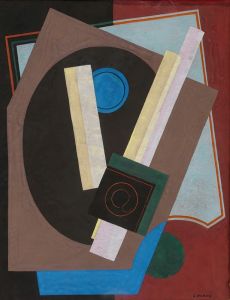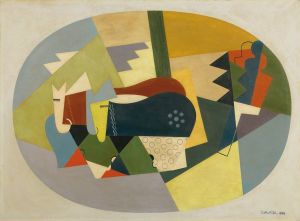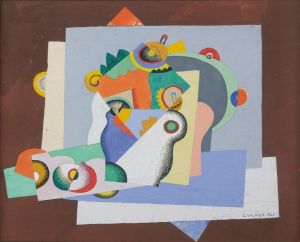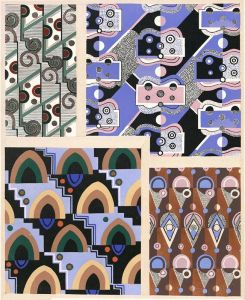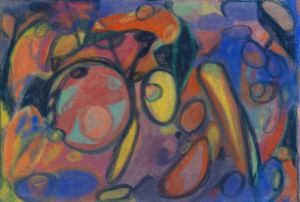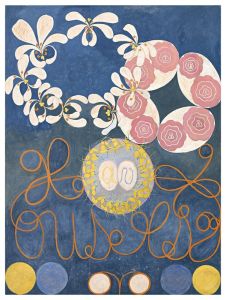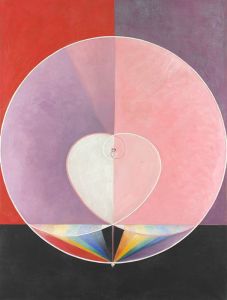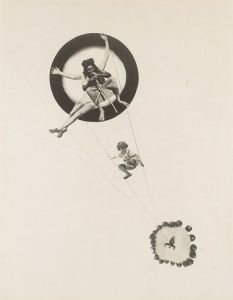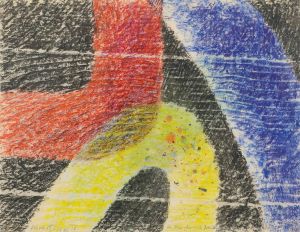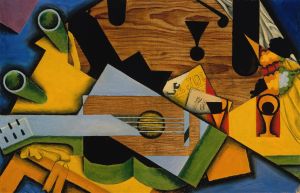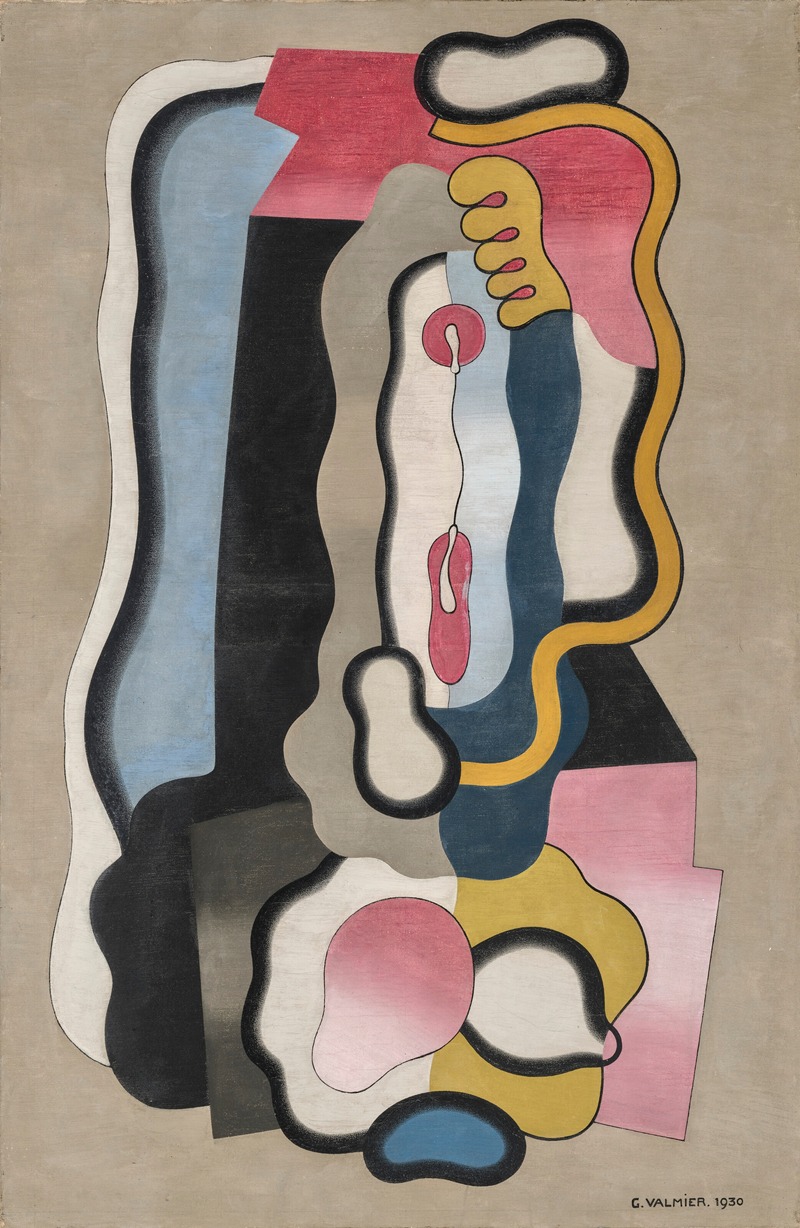
Figure
A hand-painted replica of Georges Valmier’s masterpiece Figure, meticulously crafted by professional artists to capture the true essence of the original. Each piece is created with museum-quality canvas and rare mineral pigments, carefully painted by experienced artists with delicate brushstrokes and rich, layered colors to perfectly recreate the texture of the original artwork. Unlike machine-printed reproductions, this hand-painted version brings the painting to life, infused with the artist’s emotions and skill in every stroke. Whether for personal collection or home decoration, it instantly elevates the artistic atmosphere of any space.
Georges Valmier was a French painter known for his contributions to the Cubist movement in the early 20th century. Born on April 11, 1885, in Angoulême, France, Valmier's work is characterized by its vibrant use of color and geometric abstraction. He studied at the École des Beaux-Arts in Paris, where he was influenced by the avant-garde movements of the time, particularly Cubism, which was pioneered by artists like Pablo Picasso and Georges Braque.
Valmier's painting "Figure" exemplifies his mature style, which combines elements of Cubism with a unique sense of color and form. While specific details about the painting "Figure" are limited, Valmier's body of work typically features a dynamic interplay of shapes and hues, often incorporating musical themes and a sense of rhythm. This reflects his interest in synesthesia, the idea of experiencing one sense through another, such as seeing colors when hearing music.
Throughout his career, Valmier was associated with several influential art groups and exhibitions. He participated in the Salon des Indépendants and the Salon d'Automne, which were important venues for avant-garde artists in Paris. These exhibitions provided a platform for Valmier to showcase his innovative approach to painting, which was marked by a departure from traditional representation towards abstraction.
Valmier's work is often noted for its harmonious composition and the way it balances complexity with clarity. His use of bold colors and geometric forms creates a sense of movement and energy, inviting viewers to engage with the painting on both an intellectual and emotional level. This approach aligns with the broader goals of the Cubist movement, which sought to depict subjects from multiple perspectives and challenge conventional notions of space and form.
In addition to painting, Valmier also explored other artistic mediums, including stage design and textile patterns. His versatility as an artist is evident in his ability to translate his visual language across different formats, maintaining a consistent aesthetic that is both modern and timeless.
Georges Valmier's contributions to the art world were significant, although he did not achieve the same level of fame as some of his contemporaries during his lifetime. He passed away on March 25, 1937, in Paris, leaving behind a legacy of innovation and creativity. Today, his works are held in various public and private collections, appreciated for their pioneering spirit and their role in the development of abstract art.
While specific information about the painting "Figure" is scarce, it can be understood within the context of Valmier's overall artistic vision and his commitment to exploring the possibilities of color and form. His work continues to inspire and influence artists and art enthusiasts, reflecting the enduring impact of his contributions to modern art.





